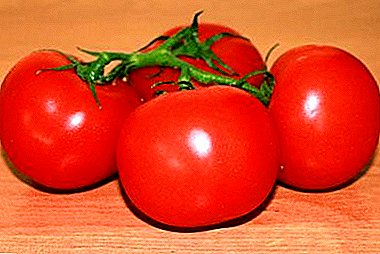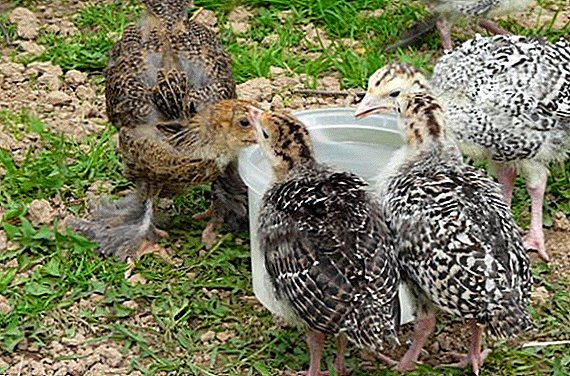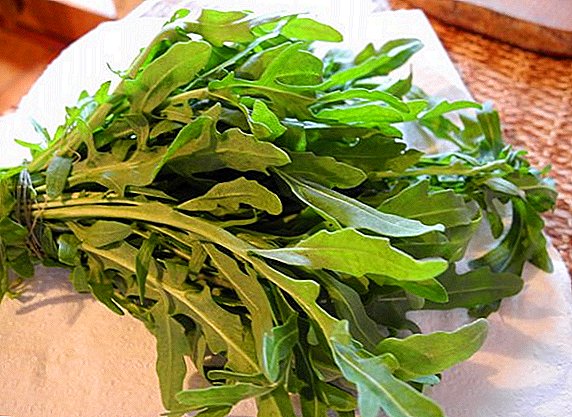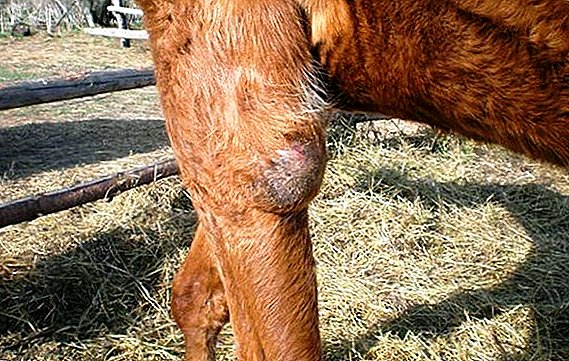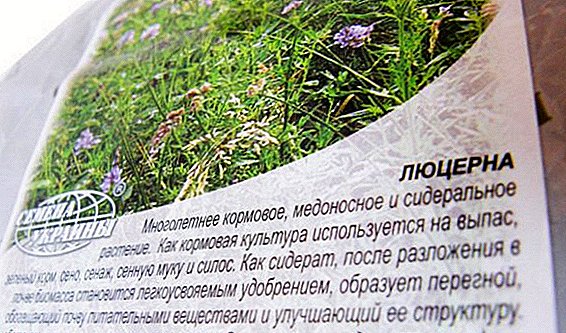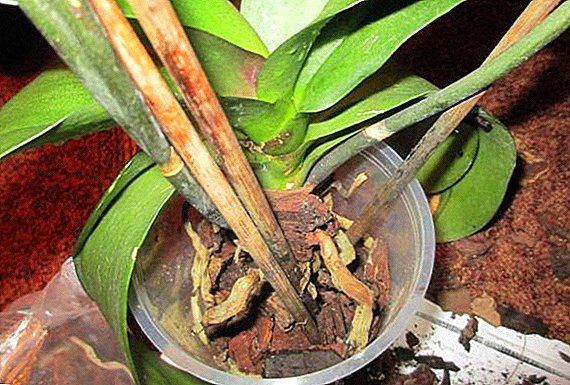
On garden plots, in room conditions, and also on city beds, many species of ornamental plants delight people with their flowering. With attentive care and care from the florist flowers give aesthetic joy.
A common preference for flower lovers is violets. Violet (another name - "Saintpaulia") is a genus of violet family plants. More than five hundred of their species are known, and they grow mostly in the Northern Hemisphere, in the mountains, and in temperate climates.
This article provides information about the characteristics of N. Skornyakova selection violets, as well as a list of popular varieties. To the top three of them, among which "Magic Tulip", you can find a description and photo.
Briefly about the breeder N. Skornyakova
You can read about violets bred by Tatyana Pugacheva in this article.
Each of them represents its own varieties. In the names of the varieties of violets created by Natalia, there is a prefix RM (These are the initials of the mother of the breeder, she dedicates the fruits of her work to her). Breeding and distribution of varieties began in 2012.
Most popular varieties
Among the popular varieties of violets bred by Natalia Skornyakova:
- "RM - Alexandria".
- "RM - Amalia."
- "RM - Byzantine Rose".
- "RM - Magic Tulip".
- "RM - The road to the stars."
- "RM - Emerald surf".
- "RM - Faina".
- "RM - Heavenly jeweler."
- "RM - Peacock".
- "RM - Pink Wave".
- "RM - Pink curls."
- "RM - Natalia".
- "RM - Lilac charm".
- "RM - Sister".
- "RM - Sweet dreams".
- "RM - New Year's Tale".
- "RM - Angel Day".
- "RM - the Queen of Sheba".
- "RM - Spring".
- "RM - Cherry Fire".
- "RM - Steppe poppy".
And also others.
Three best varieties with photos
"Magic Tulip"

Flowers differ in an unusual form - slightly opened tulip. White edges and center, pink with a crimson hue for the most part petal. Flowers up to 4 cm in length. Huge flowers can not stand flower stalks. The leaves are green, round shape. The socket is big and powerful.
The shape of the flower is best preserved under cooler growing conditions. Abundant bloom. The variety does not require careful maintenance and is suitable for beginners.
We recommend to watch the video about the magic tulip variety "Violet Tulip":
"Faina"

Large semi-double coral-red flowers with blue-purple fantasy. Petals dense texture. Bright, rich color flowers retain for a long time. Green leaves. Socket tight, smooth.
Peduncle a lot. Blossoming plentiful and long.
"Lilac charm"

Very large semi-double, fringed flowers of pink color with a siren-crimson spraying on all the surface of the flower, with a thickening towards the edges of the petals, turning into a wide border. The leaves are dark green, toothed. Neat, flat, flat socket. Not large, formed itself.
Abundant and bright bloom. The first flowers are large, the next smaller. Gives a voluminous and airy cap of flowers. Each time the violet blooms more and more.
Features
In relation to these violets, a tremendous selection work was done. The following distinctive features of the Saintpaulias, which are bred by the breeder, can be distinguished:
- Large and very large in scale violets flowers.
- Unusual color (green color of the petals, three colors at once, fancy snakes, bright edging and others).
- Flowers of complex shape (double, multi-layered, corrugated).
- Flowering is long and abundant (a month or more with short periods of calm).
- In her own words, the breeder seeks to endurance plants from burning out.
Natalia Skornyakova also collects her collection according to the following principles:
- Compact socket (compact standard socket when first flowering with a diameter of 15-20 cm, large standard more than 25 cm).
- The beginning of flowering from the moment the leaf is planted is one year plus or minus one to two months.
- Good immunity.
- Certain soil.
Soil selection
 To feed the seniors, loose and nutrient rich soil is needed.. It is bought in specialized stores. In addition, you can prepare the soil at home, alone.
To feed the seniors, loose and nutrient rich soil is needed.. It is bought in specialized stores. In addition, you can prepare the soil at home, alone.
To do this, mix:
- peat (3 parts) (it is recommended to dilute with vermiculite or perlite to retain moisture);
- leaf earth (5 parts);
- perlite (1 part);
- charcoal and vermiculite (not more than 10% of the total mass of the mixture).
For the health of the root system, the composition should pass air and moisture well.
We recommend to watch the video on the preparation of the correct substrate for violets:
What should be the capacity?
You need to decide on the choice of capacity for the flower, its size and material. Suitable containers of plastic and ceramic. The plastic pot is light and durable, but it does not allow air.
Important: In large capacity, the plant develops the root system, not seeking to bloom. For the abundant appearance of peduncles requires a small pot. At the bottom of the pot should be openings for draining excess water.
We recommend to watch a video about choosing the right pot for violets:
Diseases
The development of these plants is often hampered by diseases and parasites. The most common diseases include late blight, gray and brown rot, root rot, powdery mildew.
- Late blight characterized by brown spots on the leaves and rotting roots. The affected plant is completely eliminated, and the container is disinfected. For protection add superphosphate.
- With gray rot (gray spots on any parts of the plant) remove the damaged parts, and the plant is transplanted and treated with fungicide.
- Mealy dew determined by whitish markings on the leaves. To combat it, use the drug Fundazol.
Pests
The pest can attack the flower - mites, aphids, thrips, scutes, whiteflies, nematodes, false protectors and other insects. Acaricides help against ticks, Agravertine is used against ticks, and thrips do not tolerate the insecticide Aktar.
These violets are ill due to the wrong growth conditions.. Diseases are easier to prevent than to cure.
Conclusion
Violet - one of the most common indoor plants. Varieties of violets bred by Natalia Skornyakova are distinguished by abundant and long flowering, flowers of complex shape, large size and unusual color, as well as increased resistance to fading from direct sunlight. Observing certain rules, you can achieve proper and trouble-free growth of these plants.


